June 22-28, 2025
Welcoming the abundance of summer
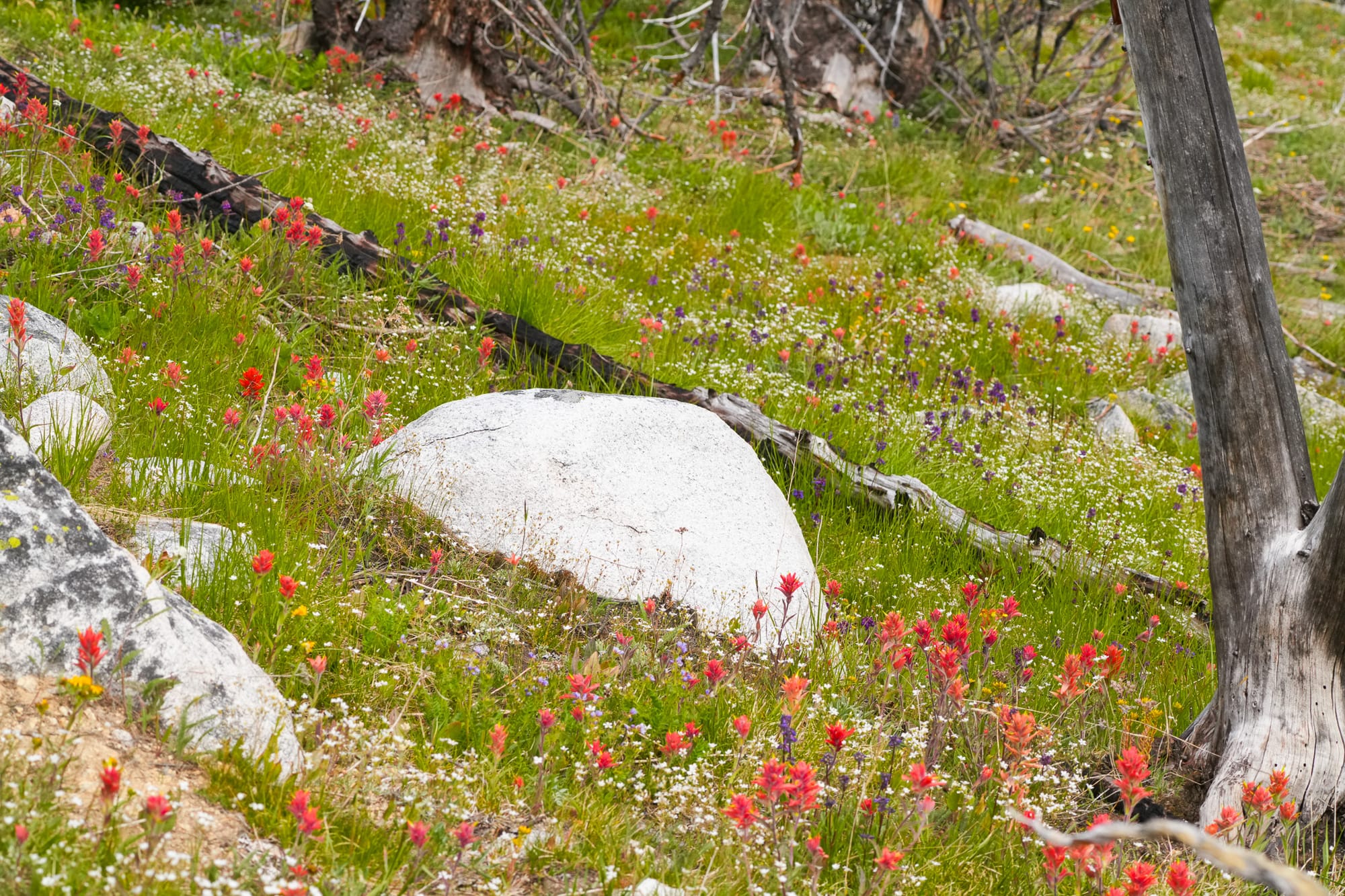
Despite the official arrival of summer, much of this week felt like anything but summer with dark clouds, bits of rain, and cool temperatures.
The Nature Notes newsletter is supported entirely by your paid subscriptions and generous donations. Thank you for your support, and please share the newsletter!
Week in Review
Although the Methow Valley is carpeted in extravagant flowers in the springtime, there are really only a handful of species blooming at any one moment. It might be more accurate to say that summer is the season of greatest abundance because there are so many species of flowers blooming right now, along with an astonishing variety of pollinators.

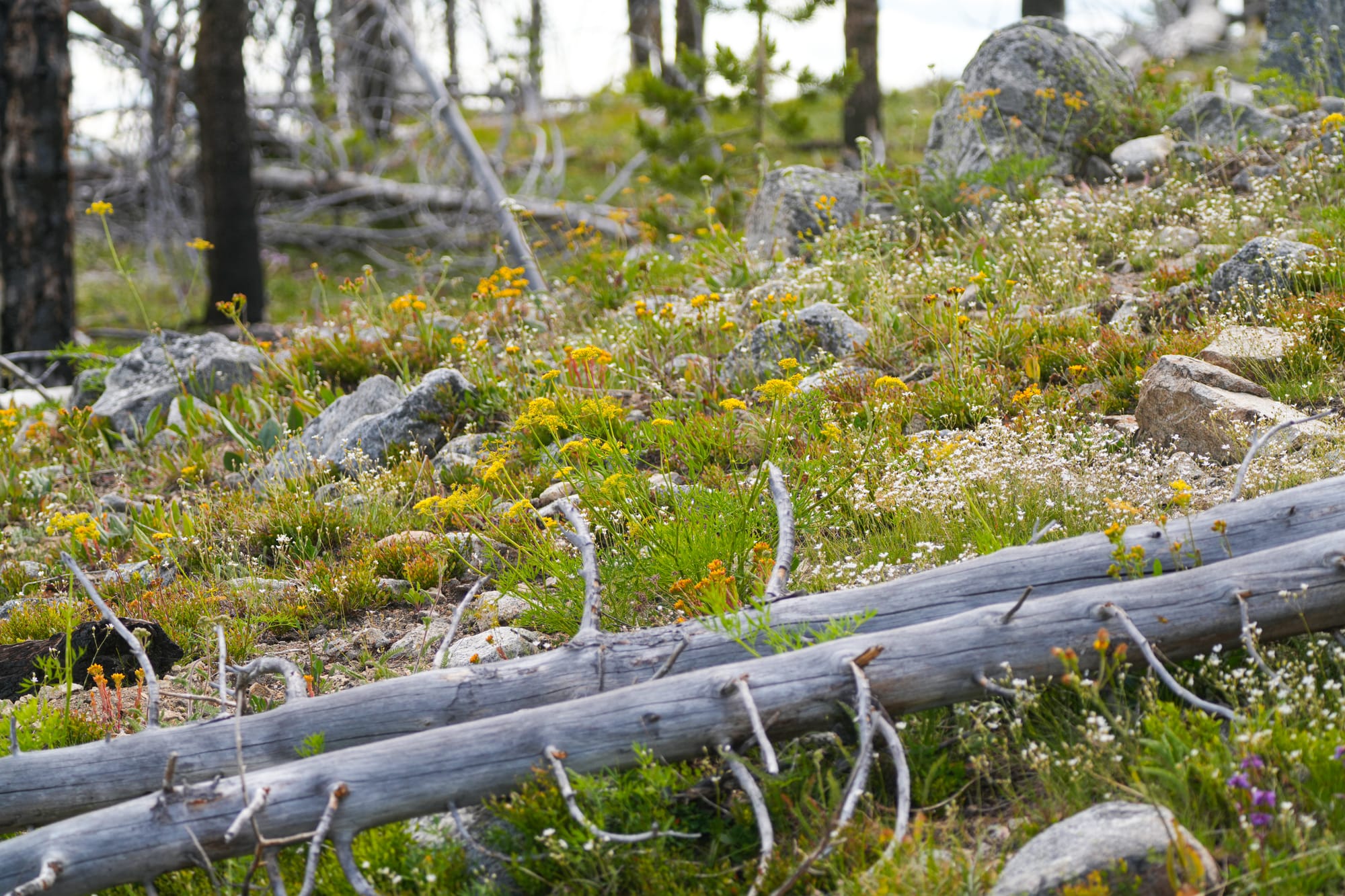
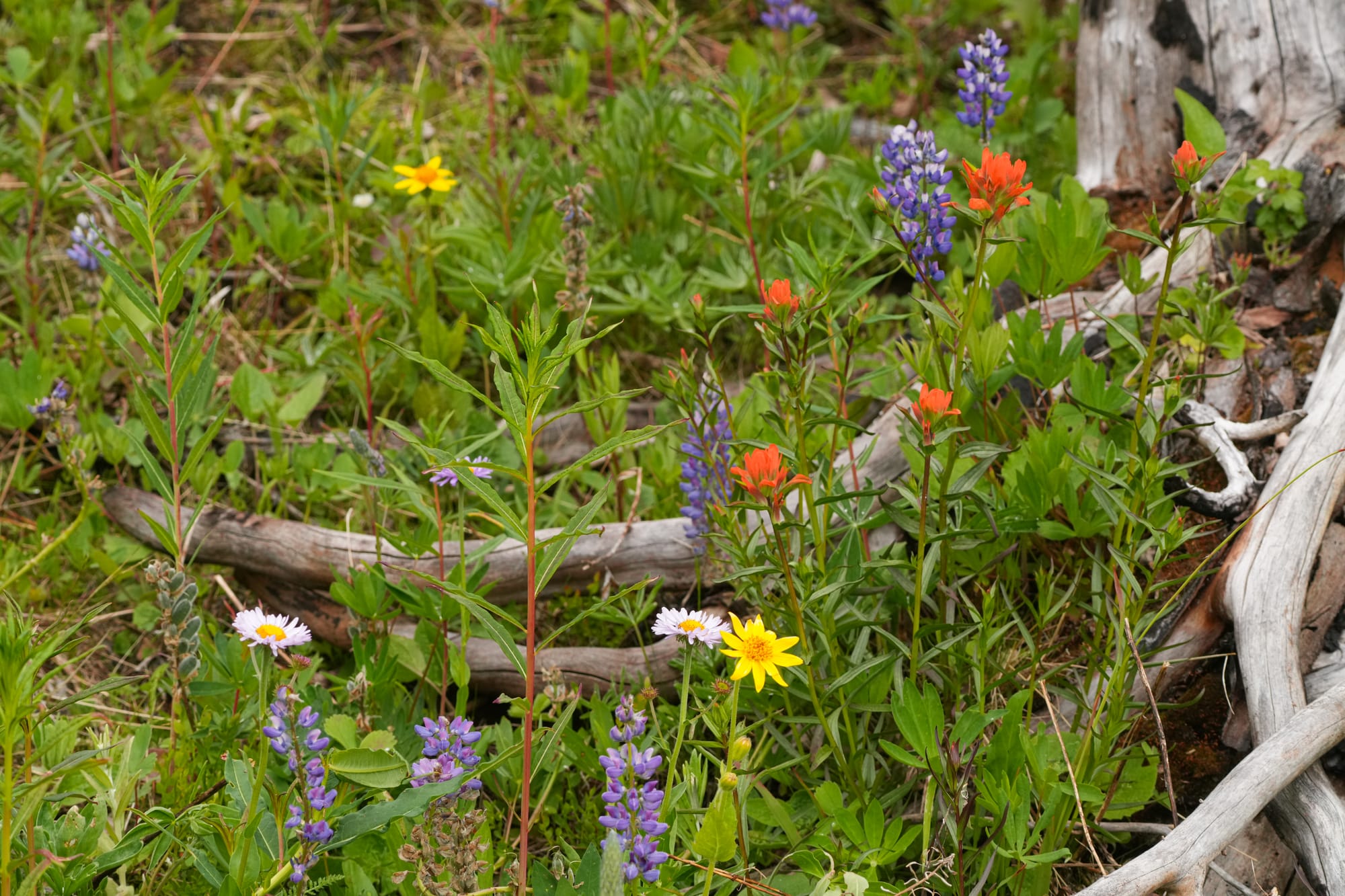
Flowers are everywhere in the mountains right now! Photos by David Lukas
It's true that you have to head upslope towards higher elevations to find the greatest variety of flowers, but even on a simple walk around the beaver pond at Sun Mountain it's remarkable how many flowers and insects you'll find. All told, on several outings I ended up with photographs of so many types of flowers and insects that I can't even decide what to put in this week's newsletter!
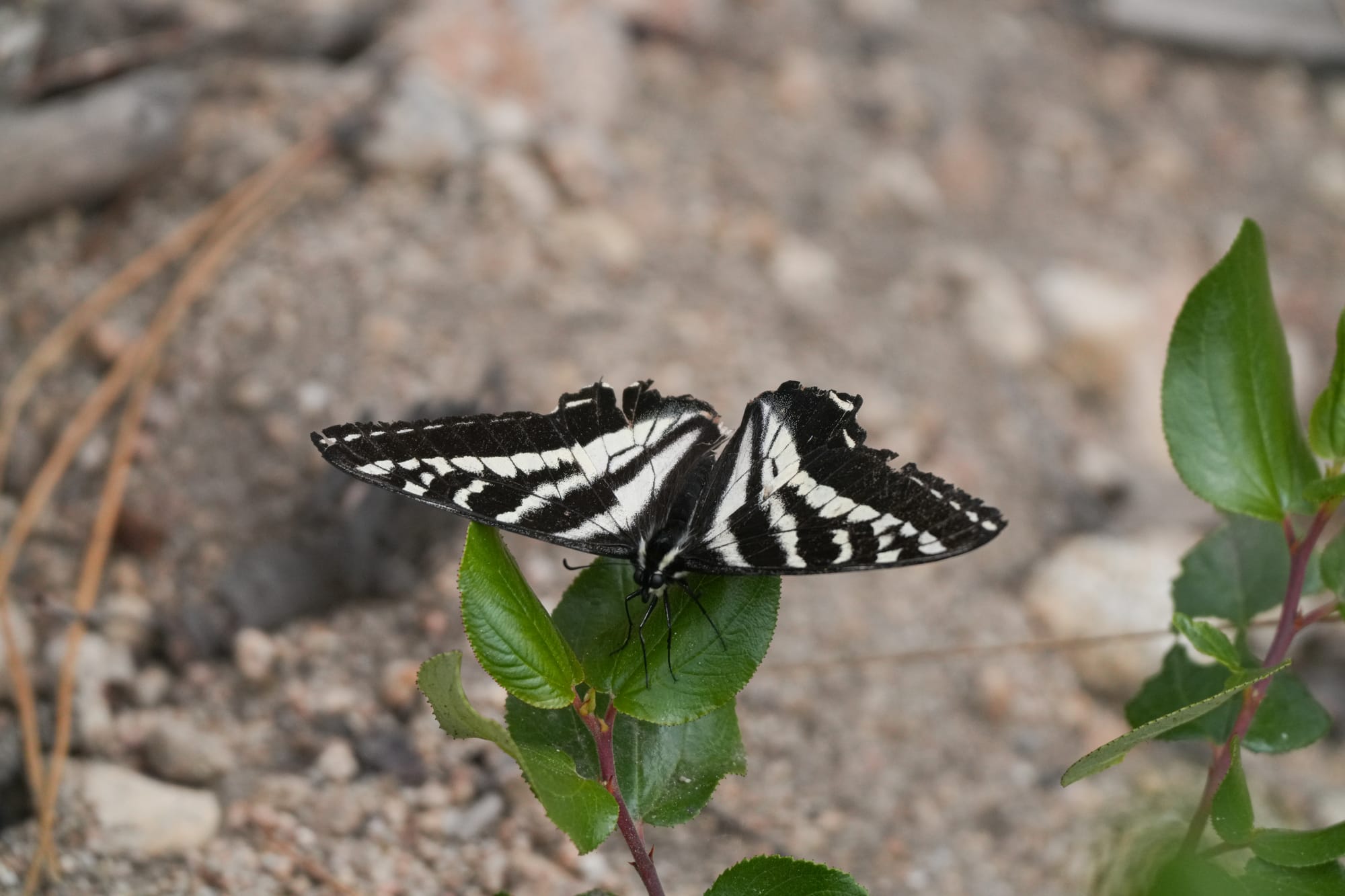
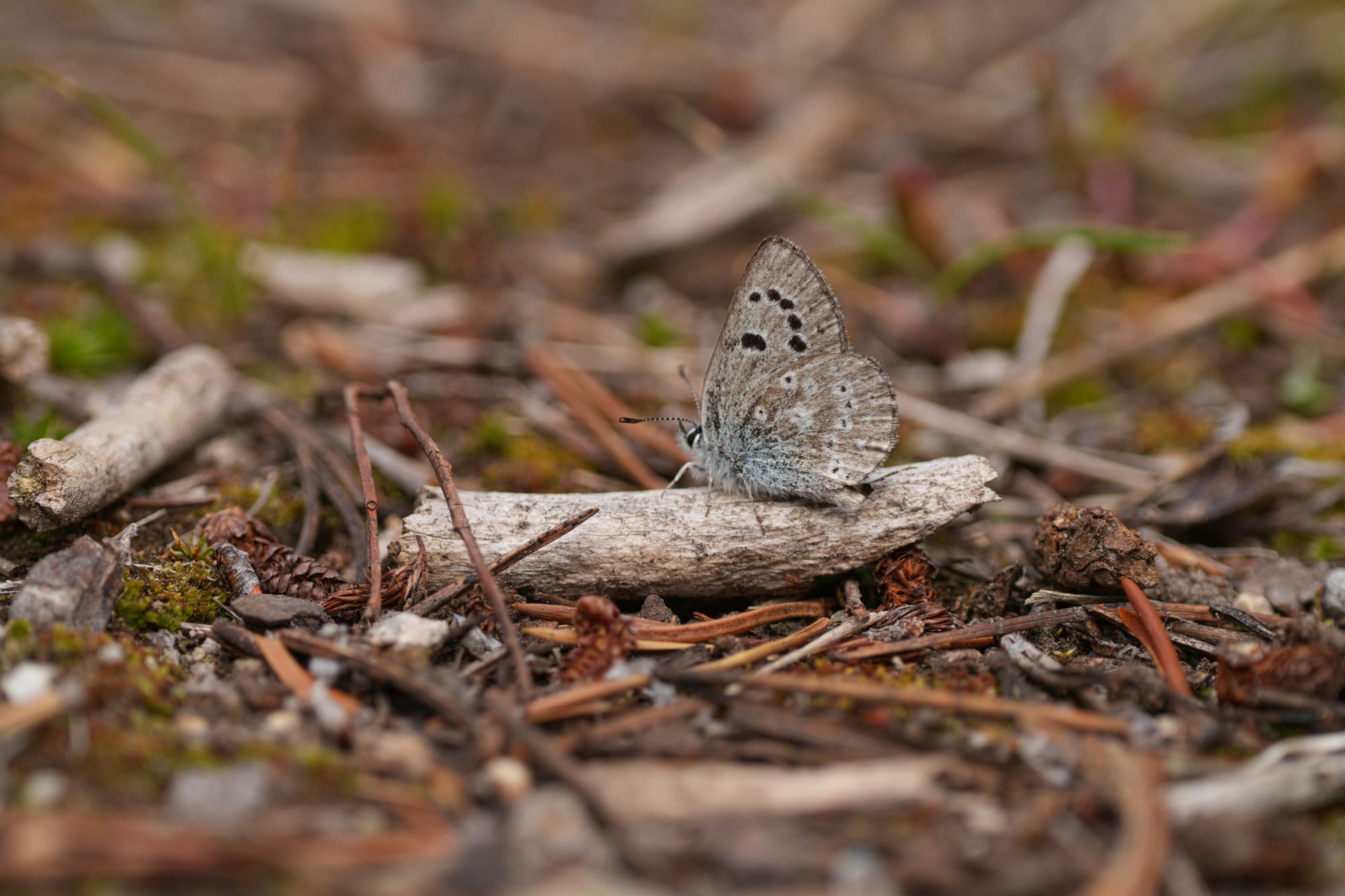
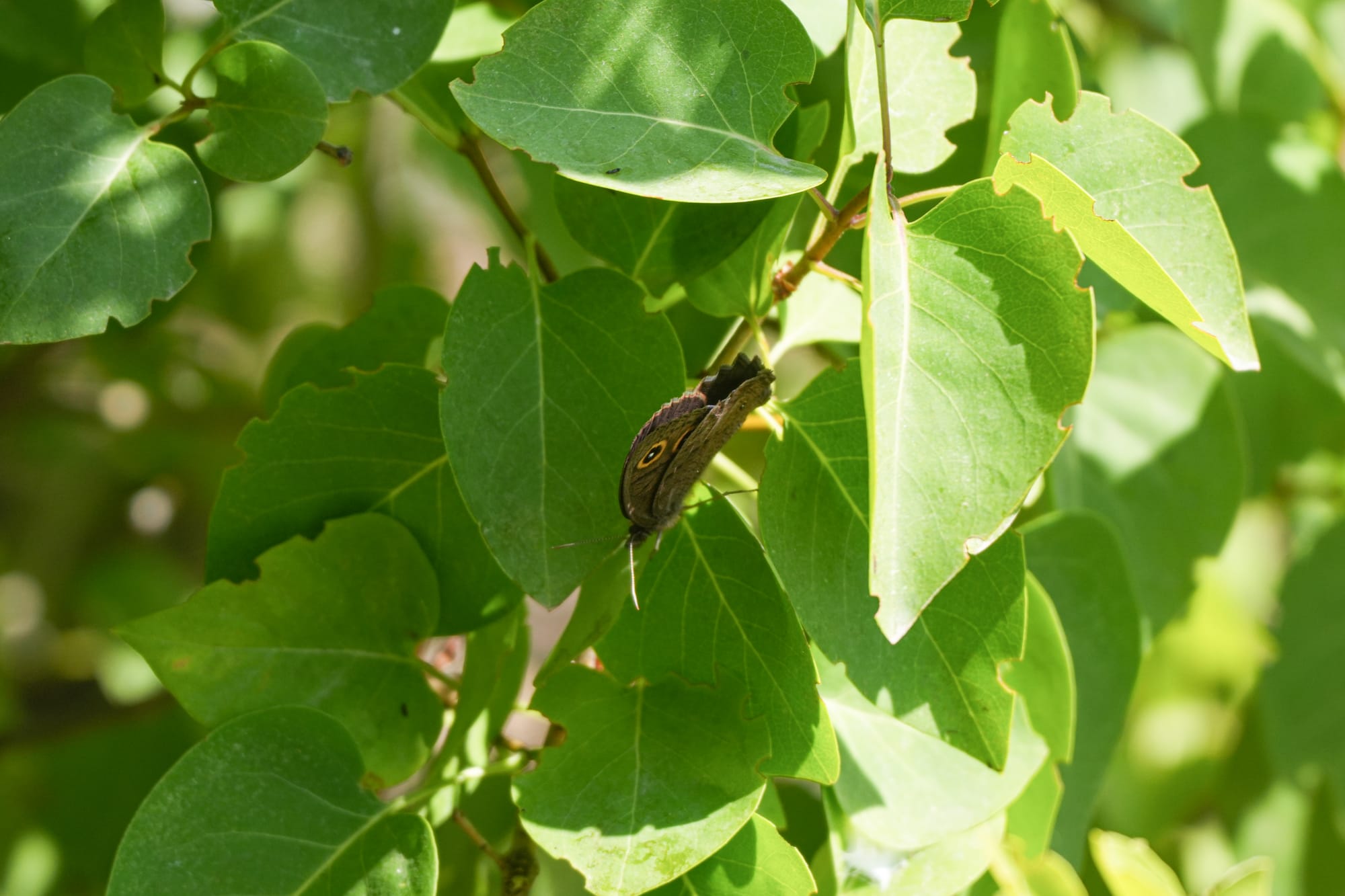
Some of the many butterflies you'll see: pale tiger swallowtail, Boisduval's blue, and common wood nymph.
Not only are we seeing many new flowers blooming, you'll also see the seedheads of earlier flowers. I'm always paying close attention because I actively collect seeds of native plants to help restore damaged habitat in our yard.
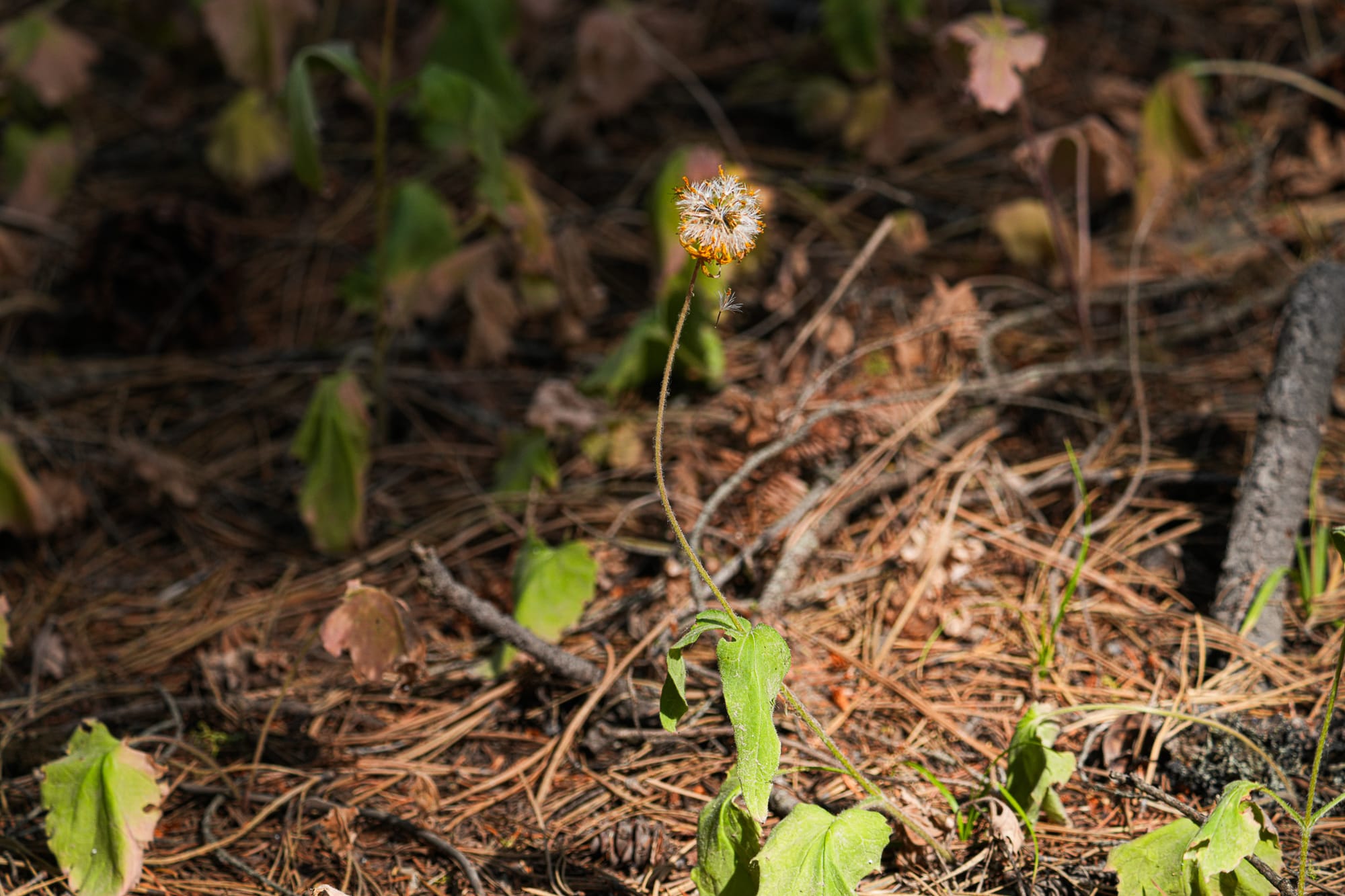
If you can't make it to the mountains, there are still plenty of flowers to be found around the Methow Valley. One of our most prolific summer flowers is fireweed, especially in open forests that have recently burned. And standing in a patch of fireweed, you'll be amazed at how many bees and pollinators they attract.
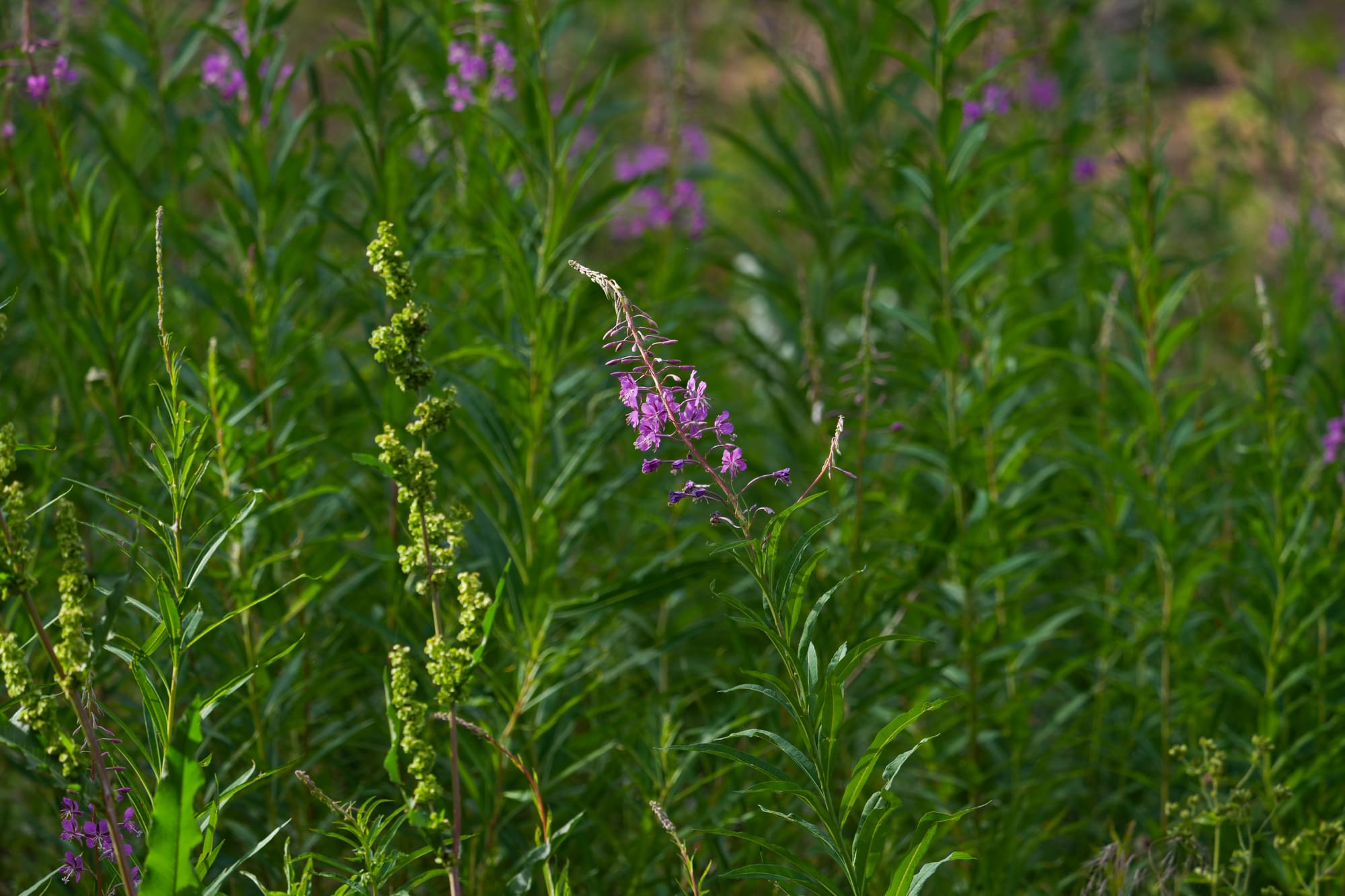
Other valley flowers include wild roses that fill the forest understory in moist areas around rivers and lakes. We have three species of wild roses that are challenging to distinguish.
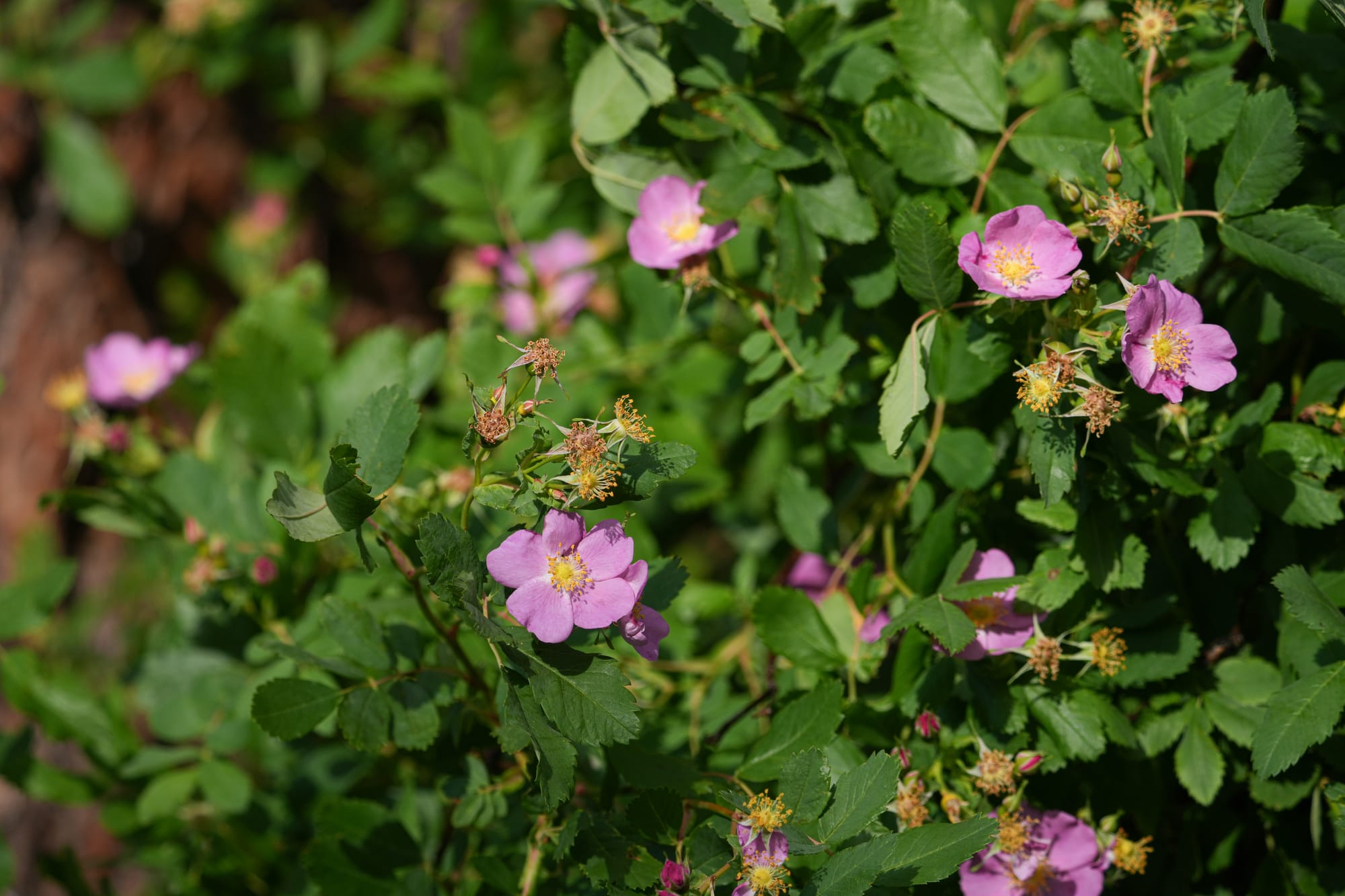
Even dry steppe habitats are full of flowers right now, including the beautiful sagebrush mariposa lily (the purple counterpart to the white Lyall's mariposa lily that comes out earlier in the year), and multiple types of buckwheat, which are prolific during the sumer months.
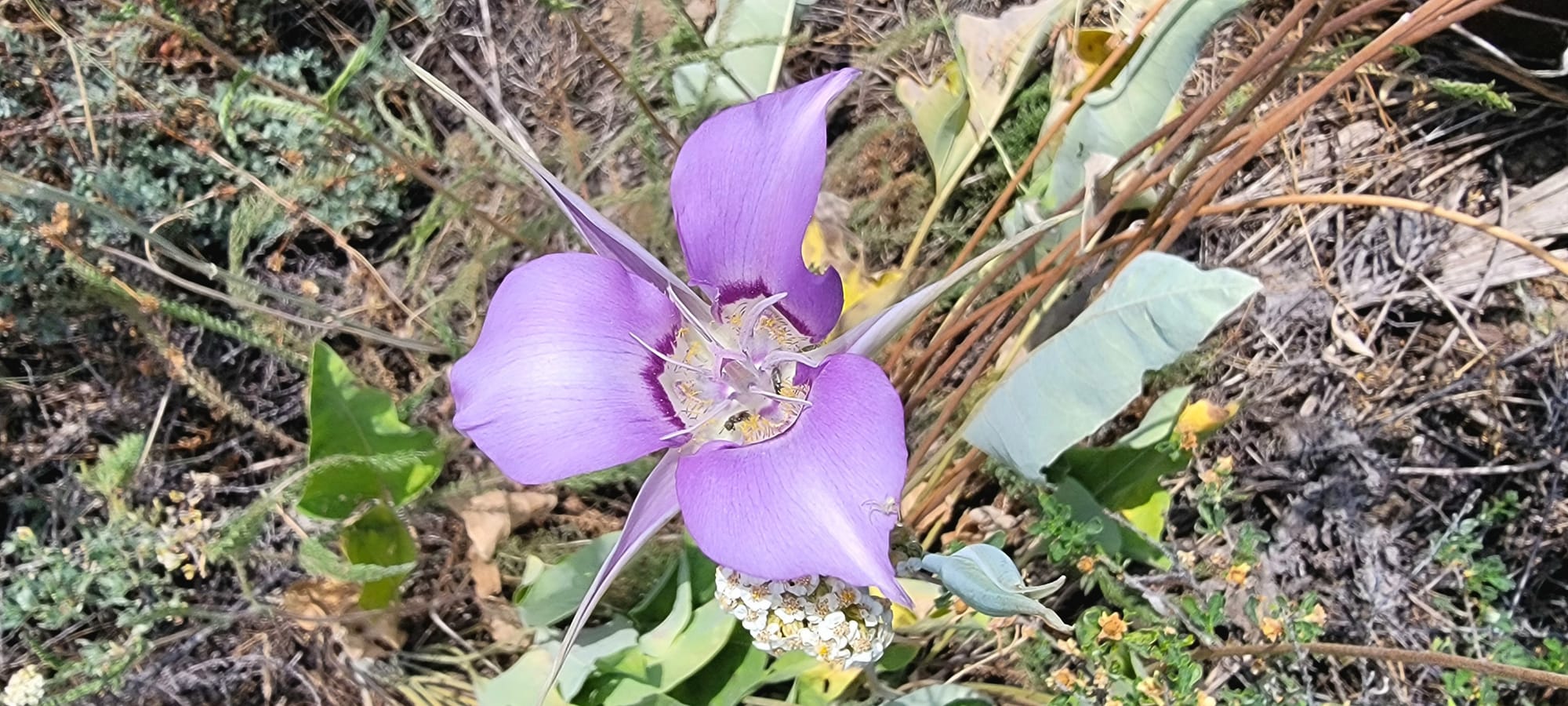
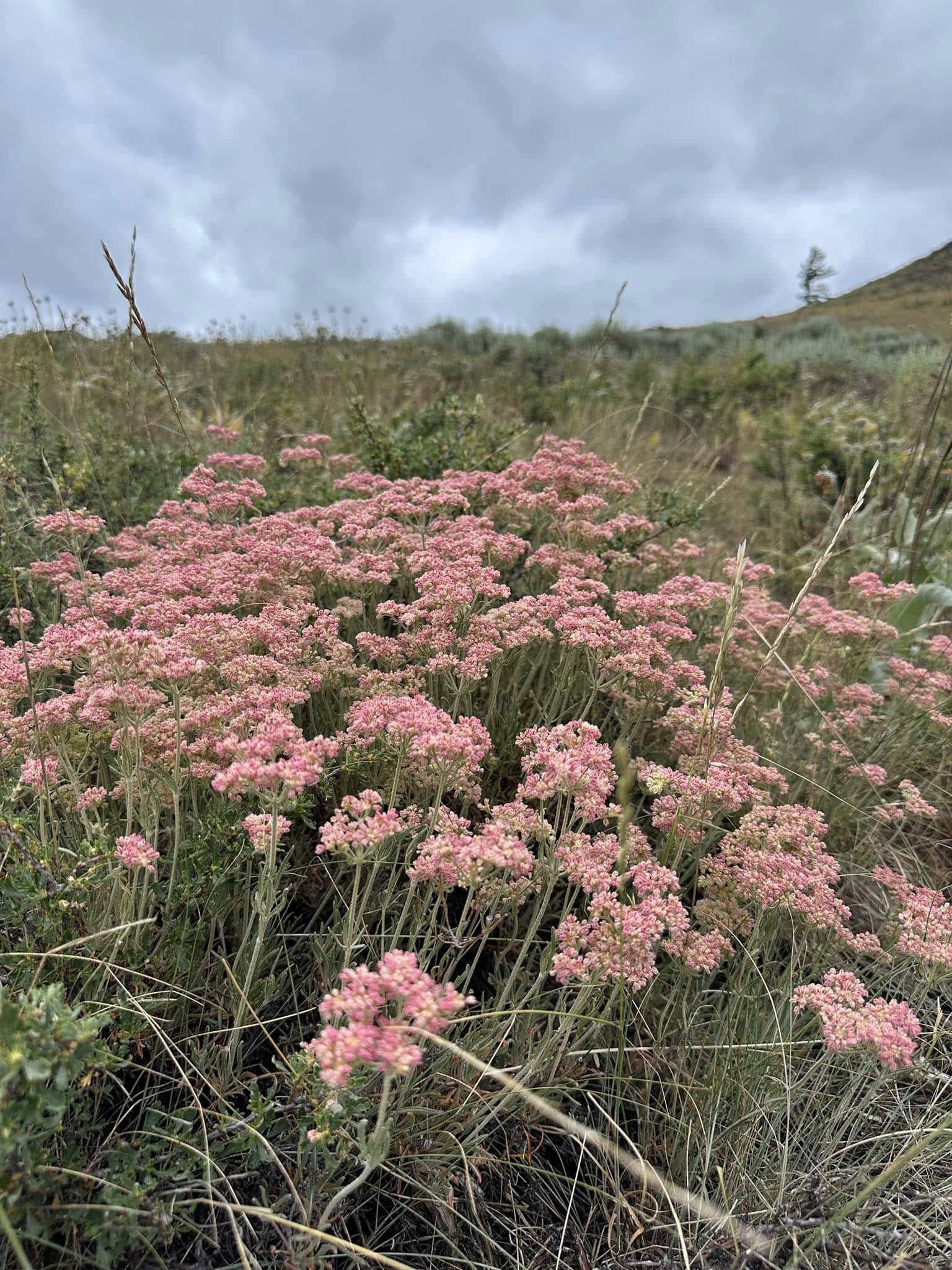
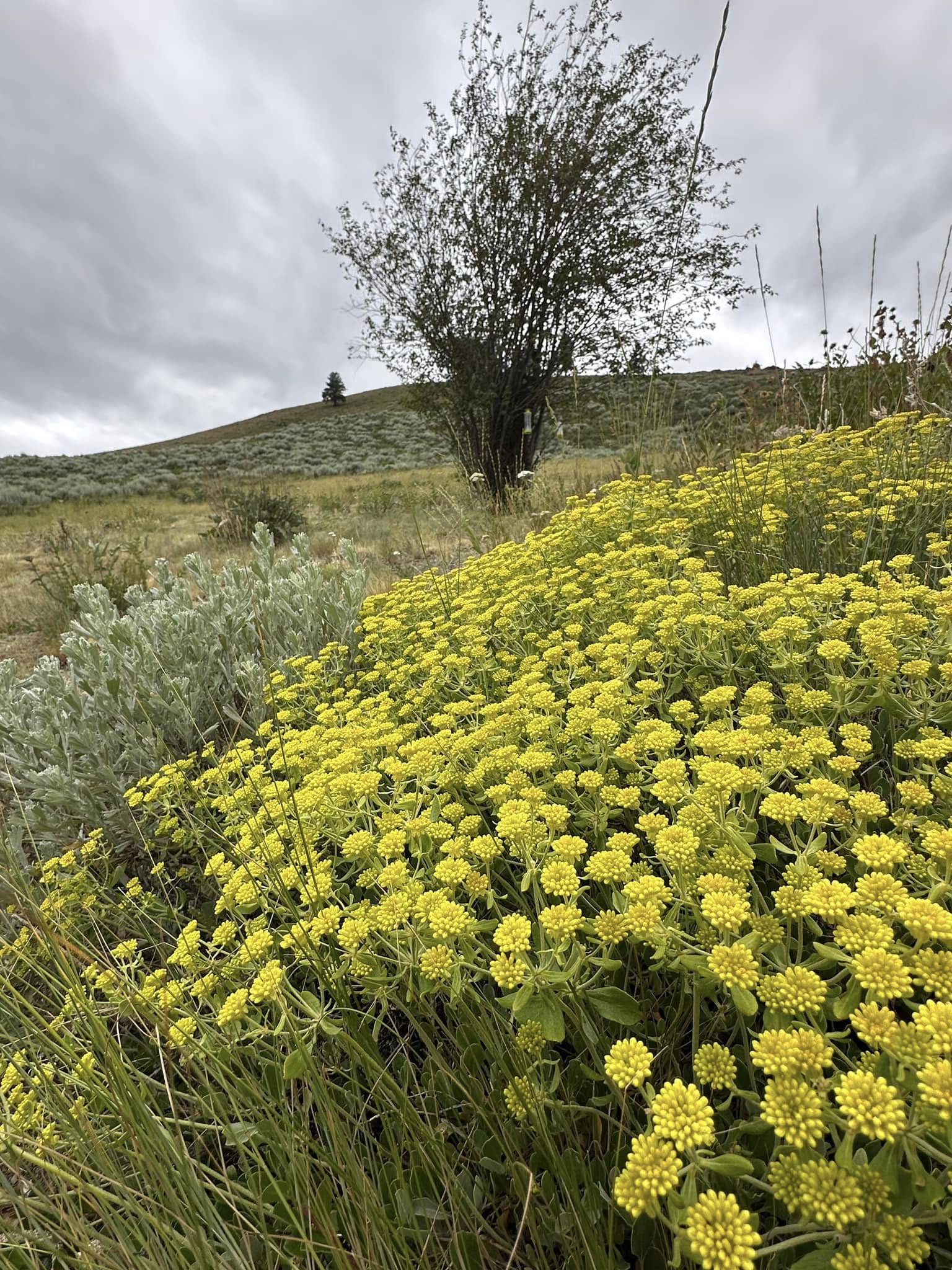
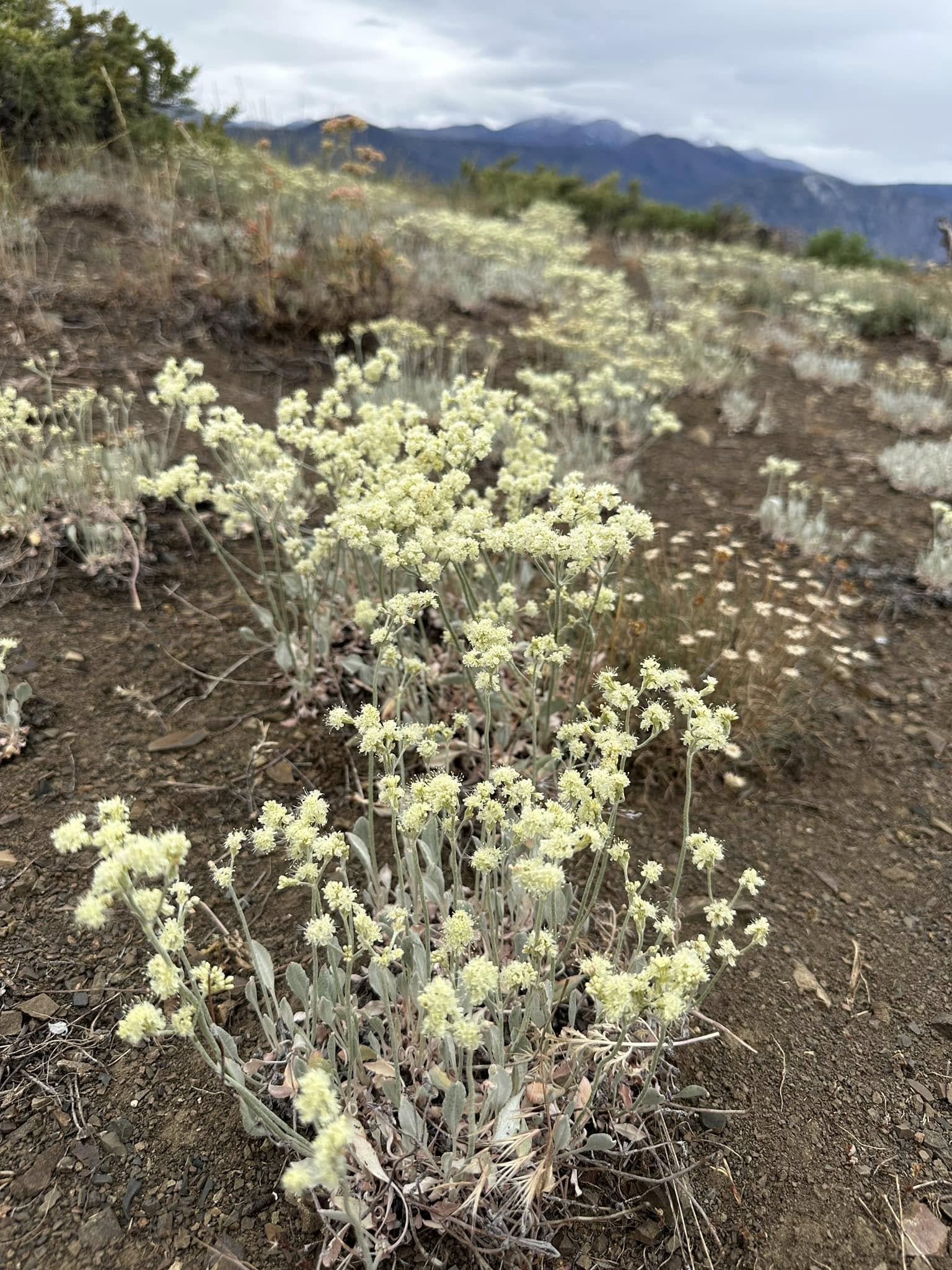
Three of the seven types of buckwheat found around of the Methow Valley. Photos by Bruce Williams
This is also a busy time for birds, with many species singing, nesting, and feeding babies.
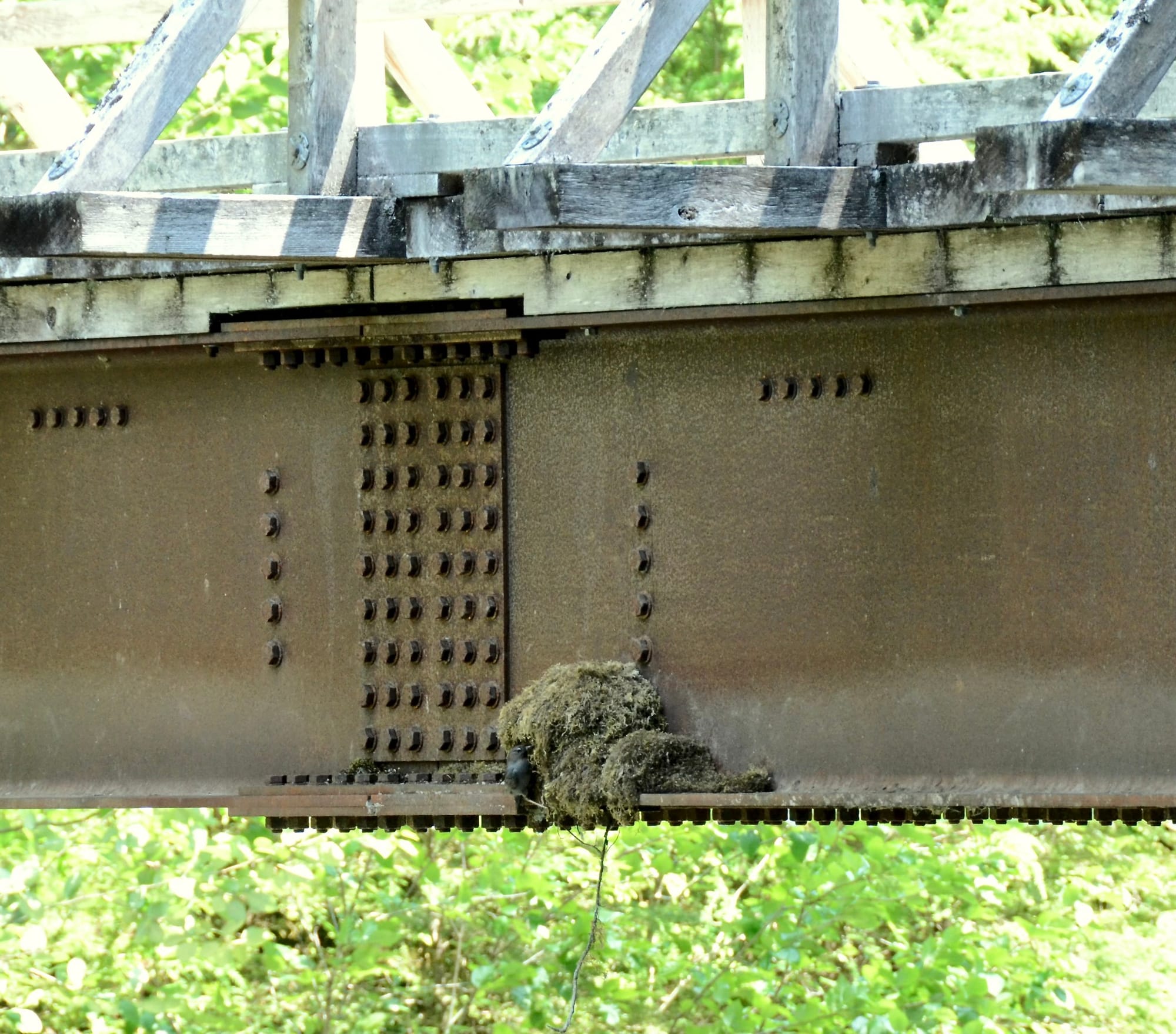
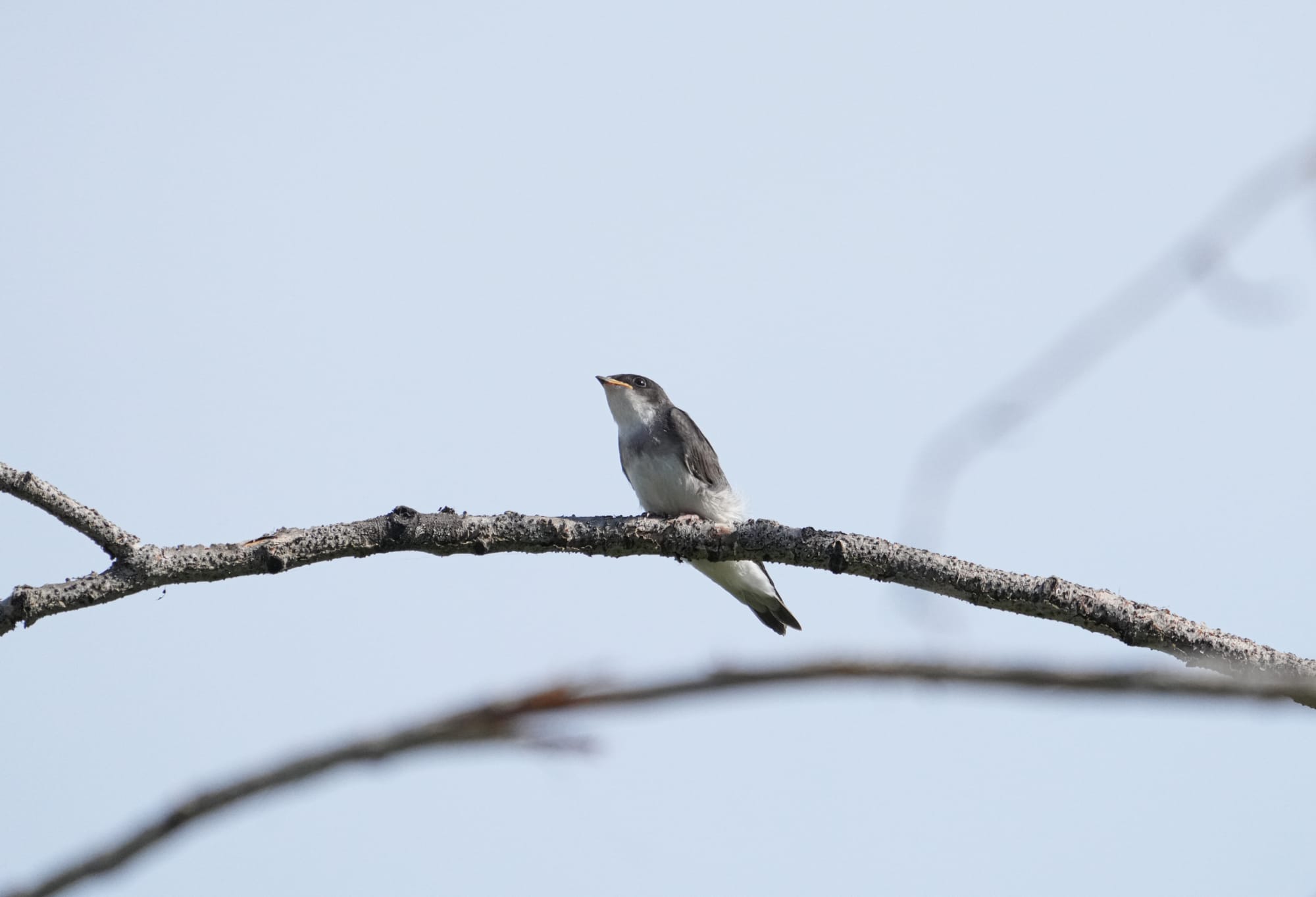
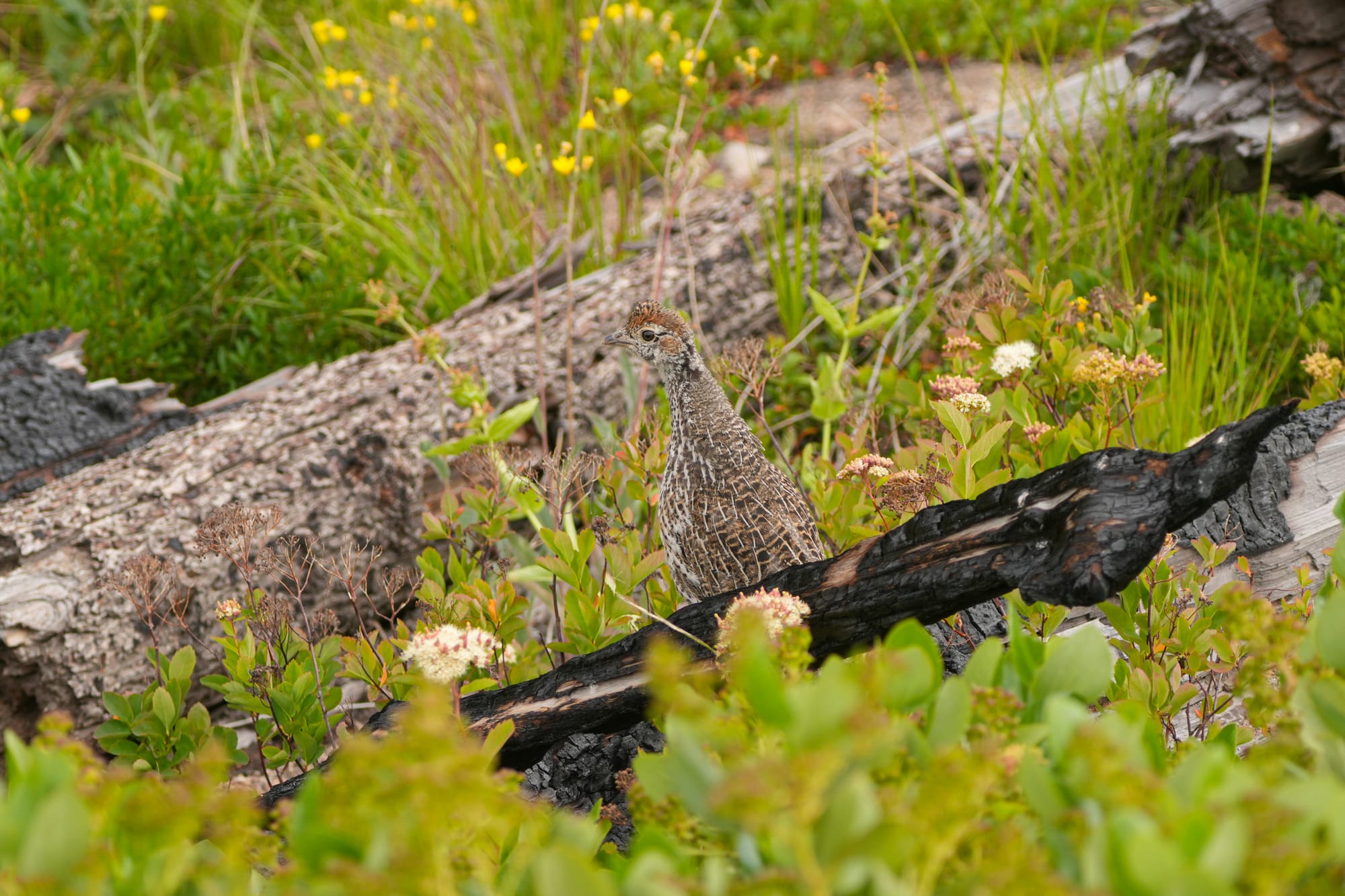
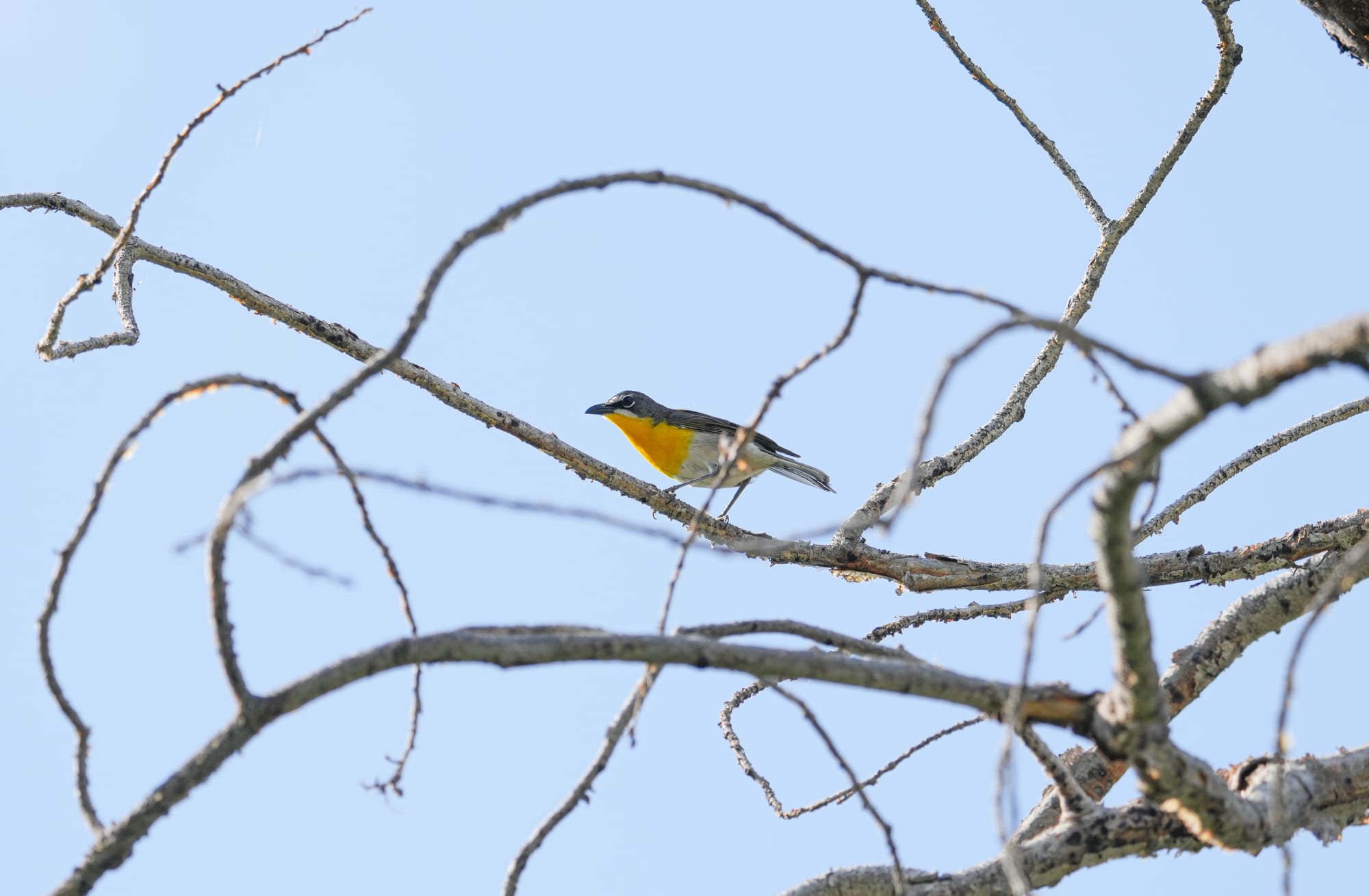
Finally, this has been a good week for mammal sightings as well. For example, someone posted a remarkable long-tailed weasel sighting on the Nature Notes Facebook group. These hyperactive little carnivores are thought to be common in the valley, but you could easily go your entire life without seeing one. I also spotted an American badger in a mountain meadow this week and it was the first time I've ever seen a badger in a mountain meadow, though it darted off before I could get a photograph.
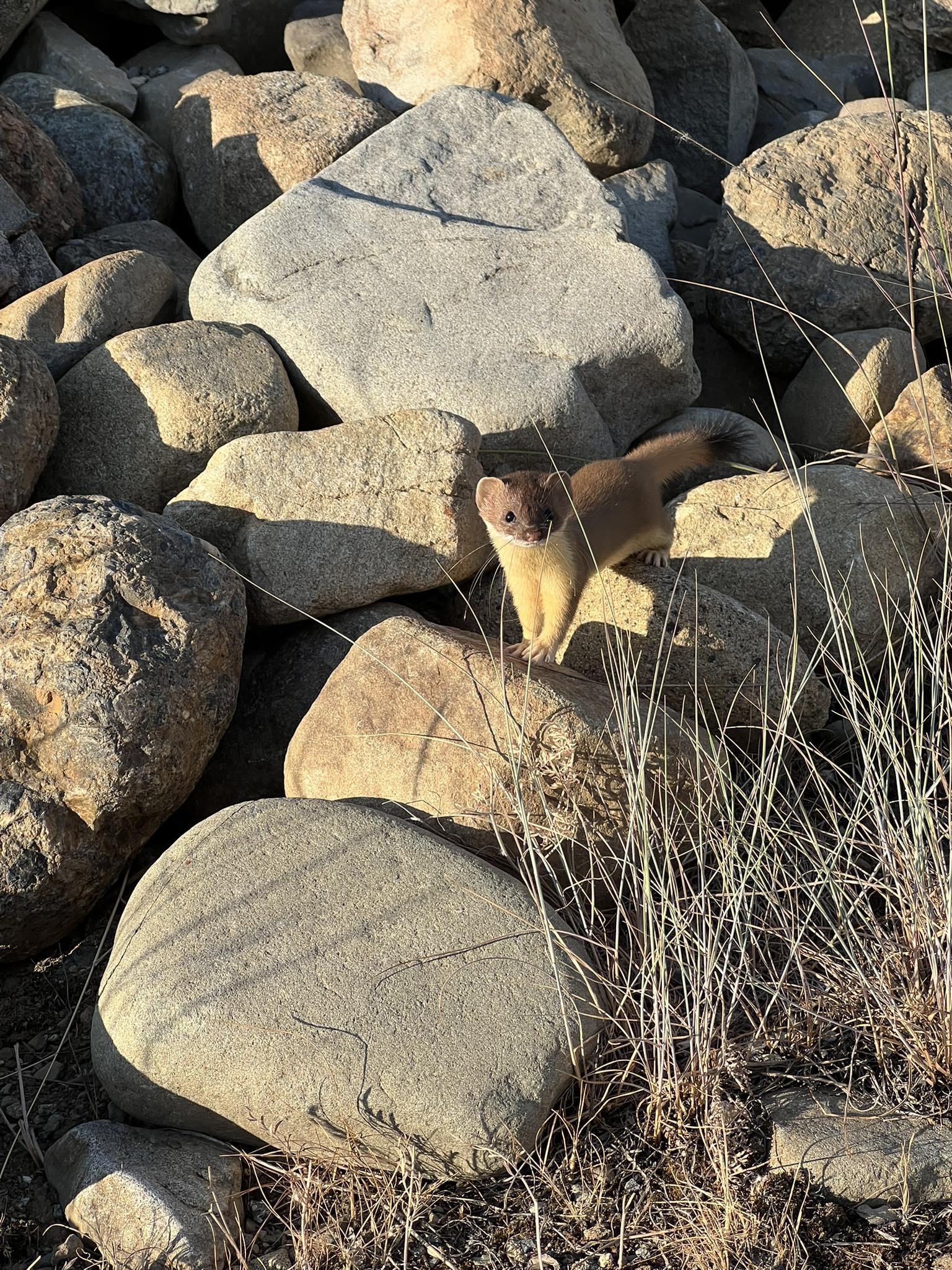

Observation of the Week: Snow Mold
Something you'll notice as summer advances and you start hiking in high mountain forests are strange brown blobs on the lowest branches of conifers. These blobs are a type of fungus known as snow mold (Herpotrichia sp.).
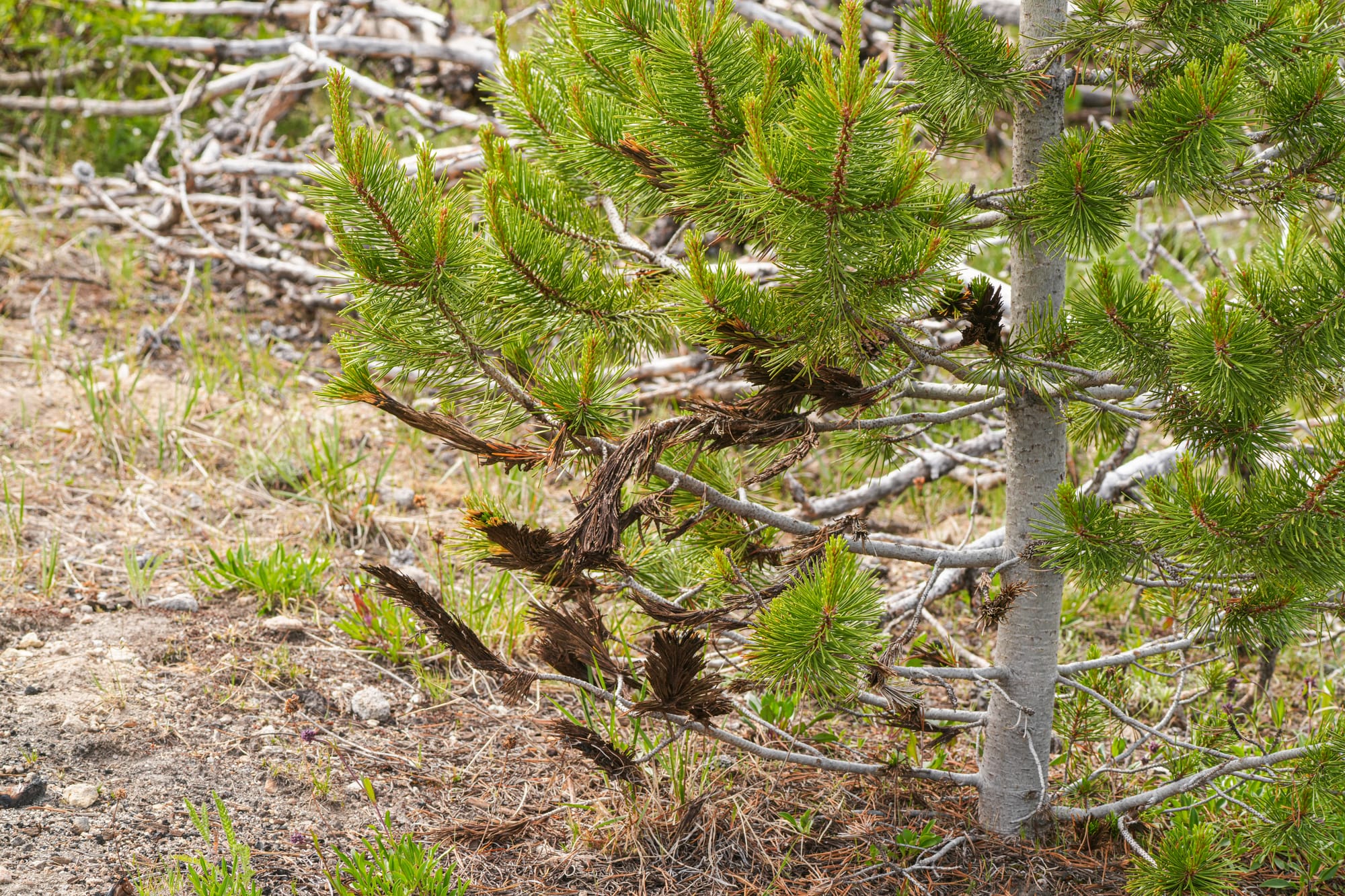
This fungus overwinters as mycelia and spores on dead needles and twigs on the ground. Then, in the early spring, as temperatures rise and snow begins to melt, the brown felt-like mycelium becomes active and infects live needles and branches that are pressed to the ground by heavy snow.
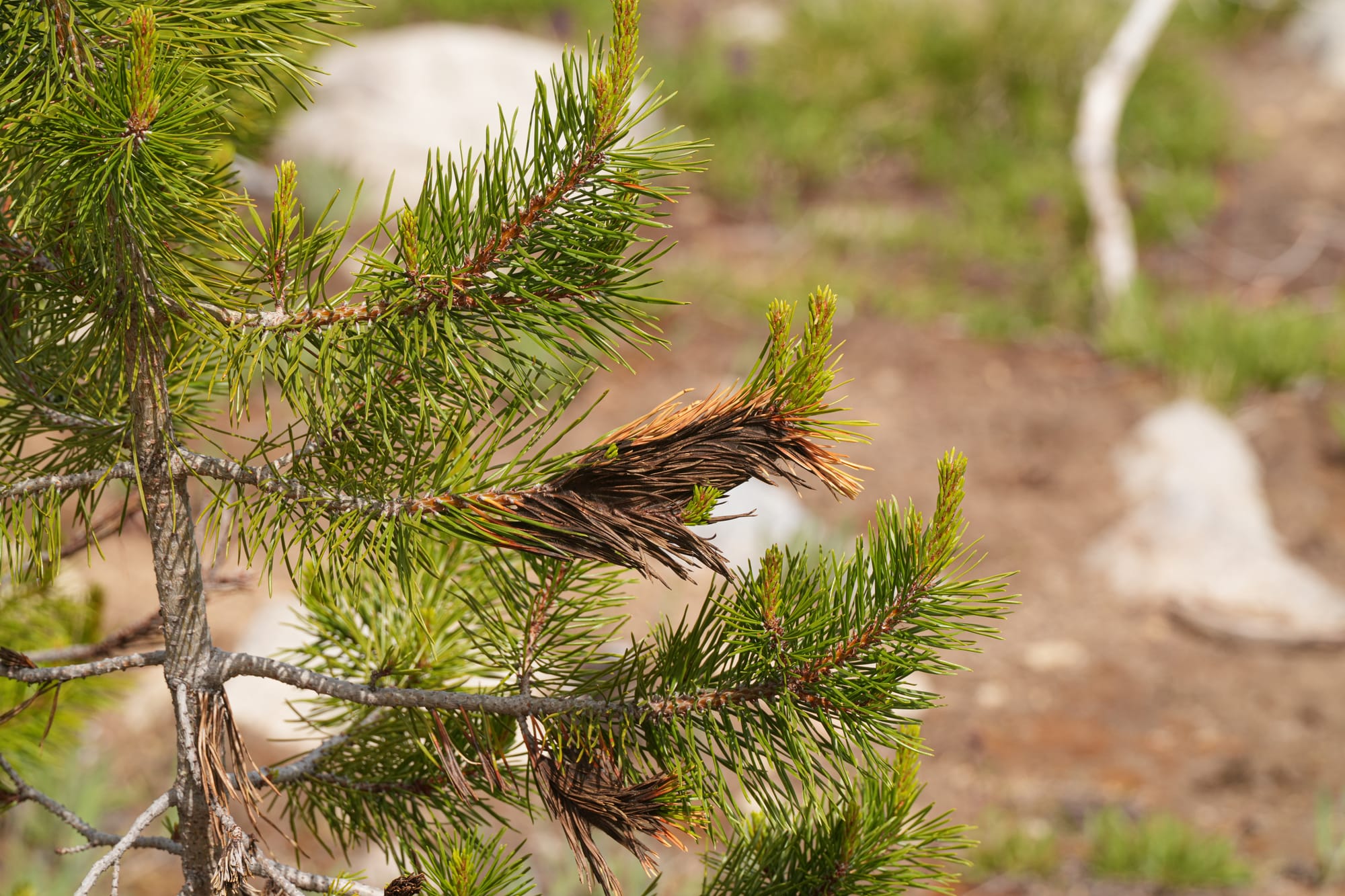
In years with late-lingering snow, there's more time for living branches to become infected, and as the snow melts these newly infected branches lift off the ground.
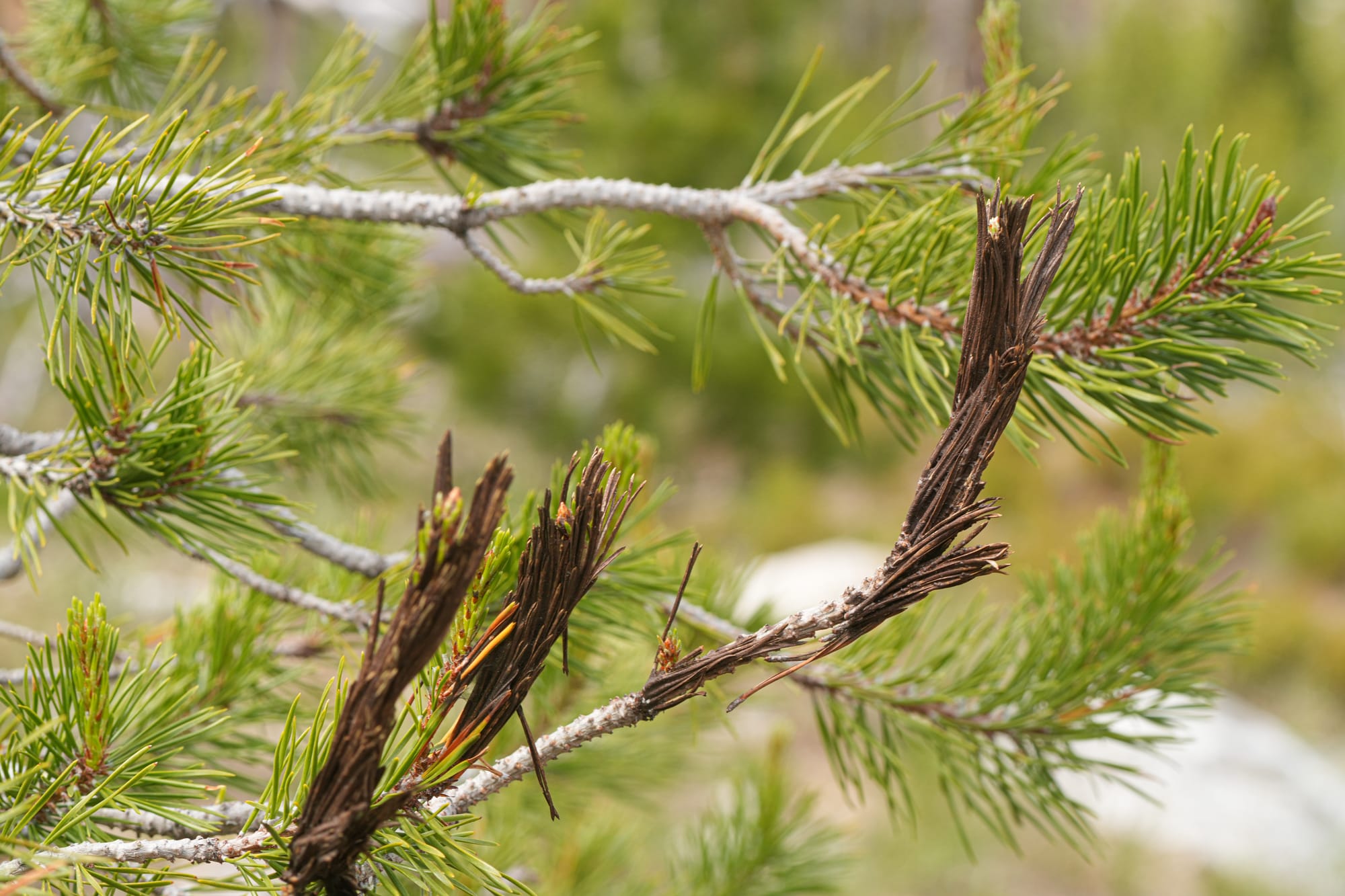
After two years buried under winter snows, the fungus produces tiny pear-shaped peritheca that fill with spores in late summer. These spores are either dispersed or fall to the ground on dead branches and needles to repeat the cycle.
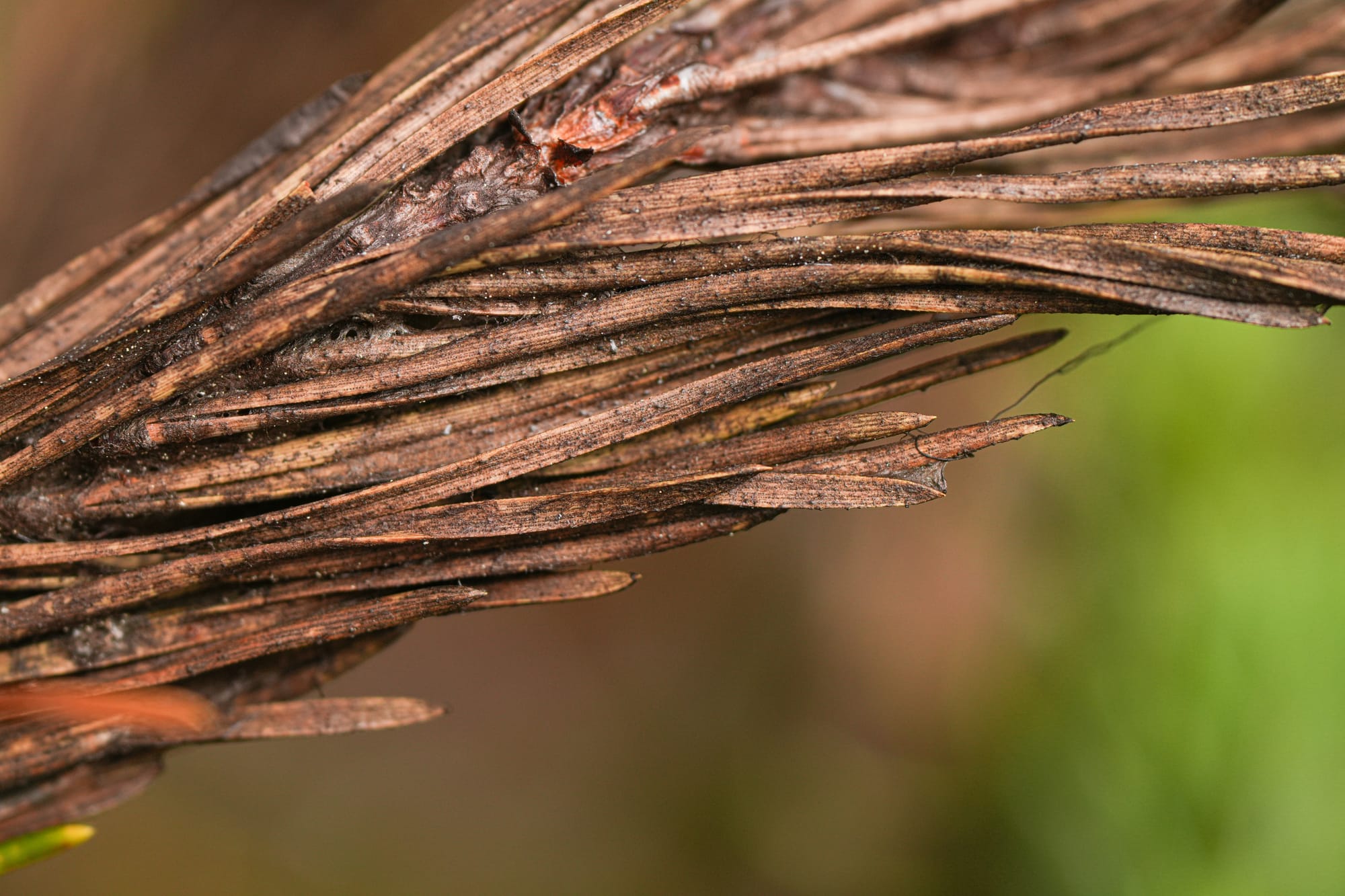
You might wonder if this hurts the trees and the answer is mostly no. The fungus is restricted to the surfaces of needles and doesn't invade the vascular tissues of a tree, and you'll notice in all the photos that infections are restricted to a few discrete areas and don't spread to hurt the tree.


